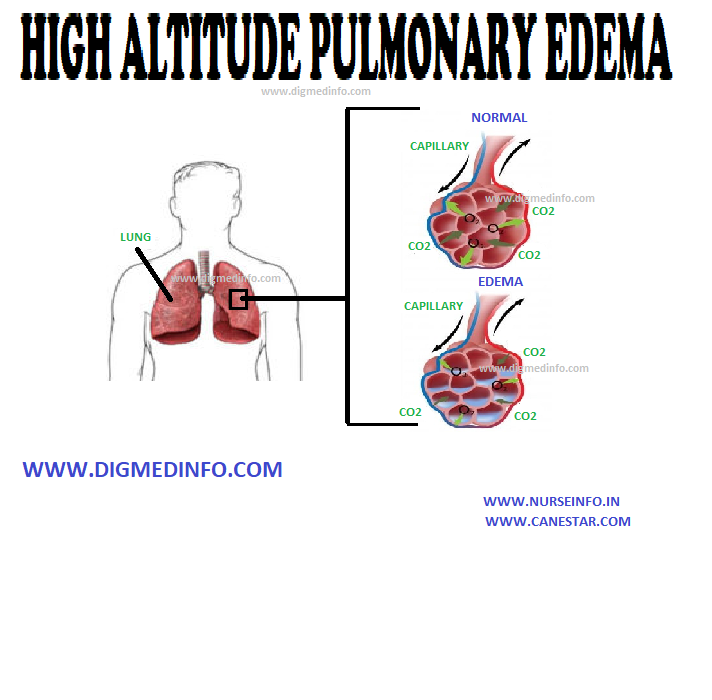HOOK WORM INFECTION (Ancyclostomiasis) – General Characteristics, Life Cycle, Clinical Manifestations, Diagnosis, Treatment and Prevention
General Characteristics
Hookworm infection is prevalent in hot damp areas throughout the tropics and subtropics. Two species of hookworms – Ancylostoma duodenale and Necator americanus are seen to parasitize the small intestine of man. Ancylostoma is more harmful than Necator because it is more persistent in the environment and causes heavier blood loss. Ancylostoma is seen in the tropical and temperate zones whereas Necator is more widespread in the tropics.
Man is the natural host. The adults remain in the small intestine. Eggs are passed in feces. Adult worm of Ancylostoma duodenale is 8-13 mm long and is thread-like in thickness. The buccal cavity has four pointed hook-like teeth. Necator americanus is smaller than A. duodenale. The buccal cavity contains two chitinous cutting plates.
The worms attach to the intestinal villi of the jejunum and duodenum by their mouthparts. They produce bleeding points from which the blood passes through the alimentary canal of the worm continuously. This blood is required for the nutritive and respiratory functions of the worm.
The fertilized female can lay up to 20,000 eggs a day. The eggs measure 40-60 μ and are embryonated when passed. Necator americanus lays fewer eggs than A.duodenale, but the eggs are larger (60-70 μ) rarely two other species of hookworms- A. cyclonicum and A. braziliense may infect man. Ancylostoma cyclonicum is a hookworm of cat found in the Far East, which occasionally reaches maturity in humans. Ancylostoma braziliense is a hookworm of dogs and cats, which may also infect man but does not reach maturity.
Life Cycle
Eggs are passed in feces and within 5 days they hatch in warm moist soil. The rhabditiform larvae come out and they moult twice on the third and fifth days and develop into filariform larvae, which develop a sheath. These are infective to man. The larvae can persist in the soil for two months, feeding on bacteria and other organic matter. On coming into contact with the skin of man, the sheath is shed and the larvae penetrate into the subcutaneous tissues and enter the lymphatics and venules.
Within three days of entry into the skin, the larvae pass through the right side of the heart and the pulmonary capillaries to enter alveolar spaces. Foci of inflammation develop in the lungs. Then they enter the bronchi and pass up the trachea, larynx and back of the pharynx to be swallowed. In the oesophagus a third moulting occurs and a terminal buccal capsule is formed. In the small intestine they attach to the villi and grow into adults in 3-5 weeks. Average life-span of the worm is 2 years, but sometimes it may exceed 10 years.
Clinical Manifestations
Skin: The site of entry of the larvae becomes itchy and sodden. It ulcerates and becomes secondarily infected (ground itch). Common site for this lesion is the web of the toes.
Lungs: Larval migration through the lungs may lead to allergic symptoms, malaise, eosinophilia, dyspnea, cough and hemoptysis – Loeffler’s syndrome
Intestinal tract: Mild infections are usually asymptomatic. When the worm load is heavy, considerable blood loss occurs from the intestine. This leads to iron deficiency anemia, which is aggravated by coexistent malnutrition. Vague abdominal symptoms like pain resembling peptic ulcer or chronic intestinal amoebiasis may develop. Heavy infection, apart from severe anemia, leads to stunted growth, apathy, reduction of learning abilities in children, frequent absence from work and school, diminished productivity, impairment of immune responses, frequent respiratory infections and increased susceptibility to tuberculosis.
Diagnosis
The diagnosis is established by demonstrating the ova in feces. Ova of A. duodenale and N. americanus are indistinguishable. The feces gives positive reaction for occult blood. The worm load can be quantitated by egg counting using Kato-Katz cellophane thick smear technique or by Stoll’s method when there is heavy infection. Each worm produces 30 eggs per gram of feces per day. Identification of species is carried out byexamining the adult worms passed after a vermifuge.
Treatment
Specific treatment can be administered directly if the hemoglobin is above 7 g/dL. In severely anemic patients proper diet and iron supplements are given to raise the hemoglobin to 5 g/dL or more before administering the anthelmintic. Though this is a golden rule to be followed in outpatient practice, specific anthelmintic treatment can
be started much earlier using albendazole or mebendazole, which are considerably less toxic. Elimination of the worms leads to quicker recovery of the nutritional status as well.
Prophylaxis
Personal measures include the use of proper footwear and sanitary disposal of excreta.


